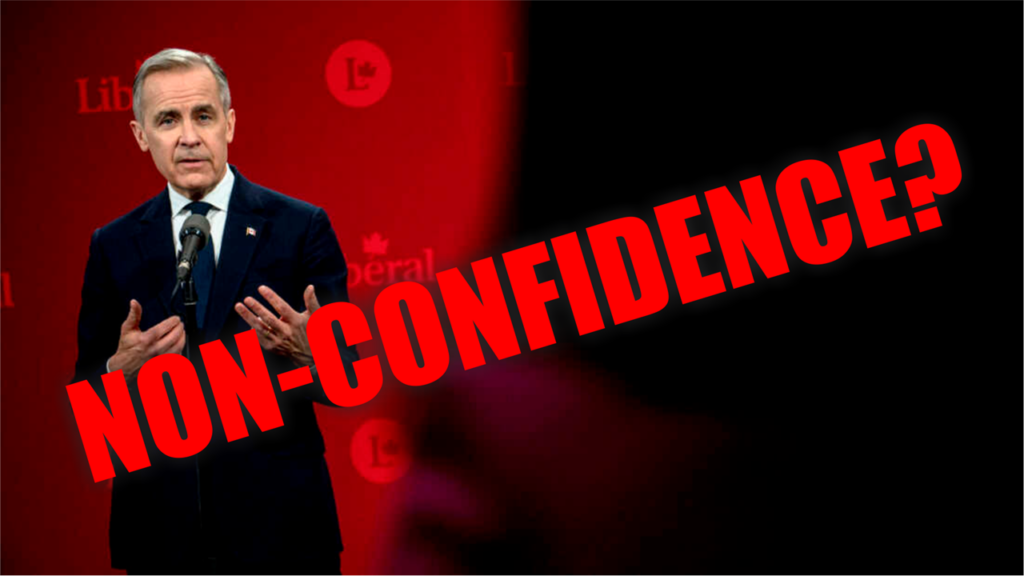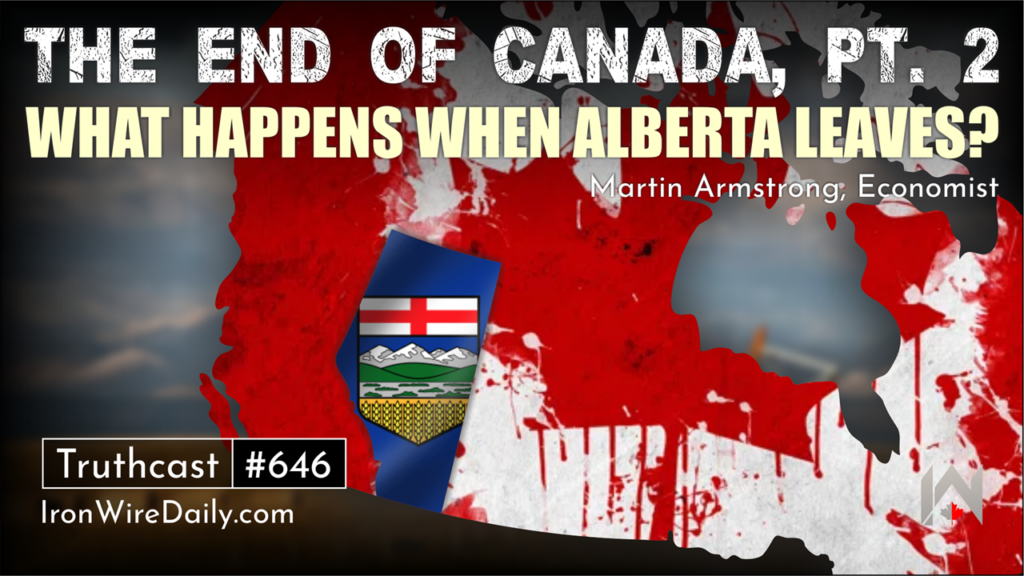The Climate Gordian Knot | Friends of Science

Executive Summary
Contributed by Robert Lyman © 2025. Robert Lyman’s bio can be read here.
In a recent press conference, Premier Danielle Smith of Alberta proposed that the federal government negotiate an Accord with Alberta that would resolve many of the disagreements and policy conflicts that have worsened relations between the two orders of government over the past ten years. Premier Smith listed several Alberta’s goals, which largely include changes in federal laws and policies that in the past have reduced Alberta’s prosperity and economic growth prospects.
The first eight demands relate to changes in the federal government’s “Net-Zero by 2050” climate policies. Premier Smith did not even hint at what Alberta might offer as part of a negotiated agreement. The unspoken threat, however, is that failure to reach agreement on an Accord might worsen relations further and increase the possibility of a successful Alberta secessionist movement.

Canadians inside and outside Alberta need to understand whether an Accord that satisfies Premier Smith’s demands is feasible, meaning that there are grounds for believing that a negotiated compromise can be reached within a reasonable timeframe. She has opened the door to a possible plebiscite on Alberta’s future in two years, so that is a realistic time frame to consider. Assessing the likely positions of the parties is made doubly difficult by the ongoing uncertainty about how, when and whether the Canada-US dispute about trade and tariffs will be resolved.
The purpose of this article is to assess whether attaining Premier Smith’s demands would in fact achieve the relief she seeks for the Alberta economy, what are the prospects for a negotiated agreement on these issues, and the possible federal government concessions to achieve an agreement.
The Carney government has inherited a long list of climate policies (over 140 at last count) aimed at virtually eliminating Canadians’ emissions of GHGs by 2050 through the use of taxes, regulations, subsidies, codes and other means. Carney himself is a strong proponent of “Net-Zero” nationally and globally; the Canada Strong platform that he ran on included over a dozen new and costly emissions-reduction measures. Eliminating the most high-profile regulations would still leave a backstop of other measures that, if the federal government so chose, could have the same effects.
A motivated Carney government could offer changes in policy and taxes that would go some way to reducing Alberta’s grievances. Rarely have considerations of fiscal restraint limited the options Liberal governments are prepared to consider. However, based on the layers of complexity I describe here, it seems unlikely that any of the federal offers likely to be made would go far enough to allow an agreement that would satisfy Premier Smith’s demands and to free up market access.












